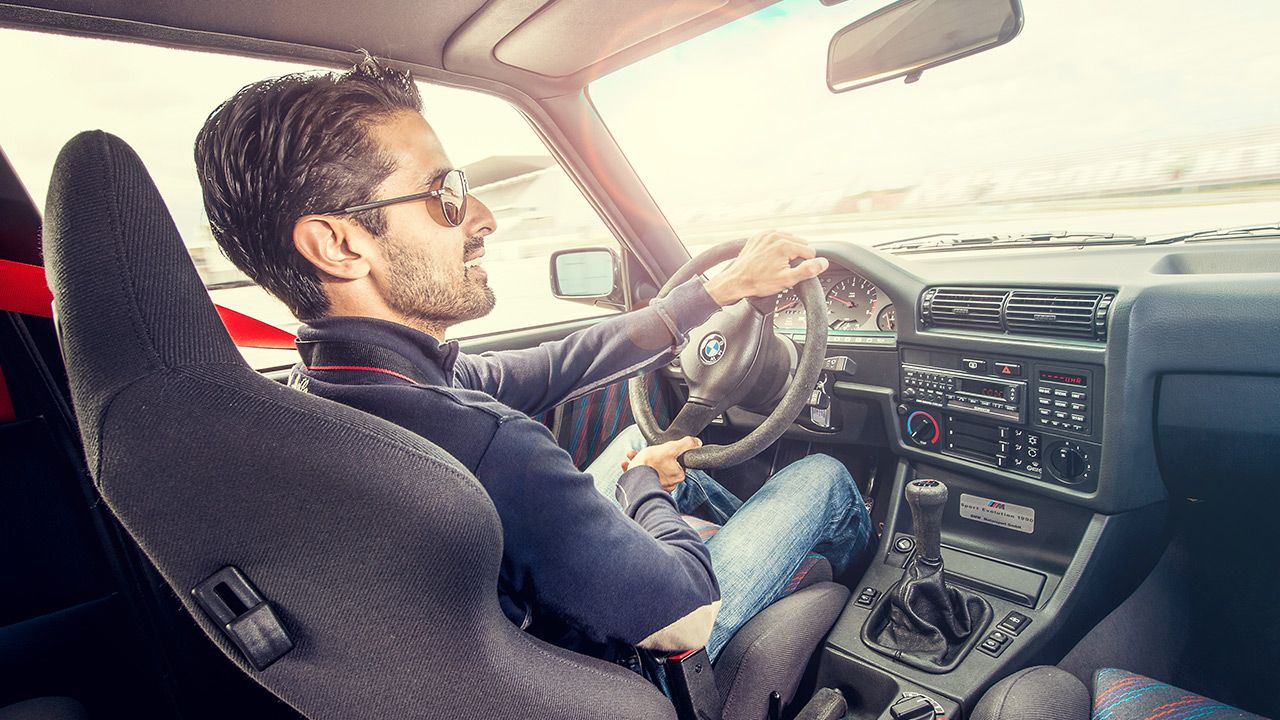
At the outset, let me just say that this issue is bursting at the seams with new cars and bikes – just the way we like it!
The new Dzire takes everything that Maruti has learned about the Indian market over the years and packs it into one very enticing package. The Volvo XC60 takes everything that this reinvigorated (Chinese-owned) Scandinavian automaker has been doing right over the past few years and takes it up another notch.
But, for me, it was the Jeep Compass that was an absolute revelation. You see, Jeeps have always been big, brash and, if I’m honest, a little rough around the edges. So, I didn’t have great confidence in their ability to create a world-beating compact SUV – but they’ve done just that. Sure, a lot of the engineering was from Fiat – which has its own share of problems at present – but the DNA of the Jeep brand is very much intact. The Compass is surprisingly good, both on and off-road.
It also reflects FCA’s commitment to India. The Ranjangaon plant will not only cater to demand for the Compass in India, but also in all right-hand drive markets around the world – including Japan and the UK. And FCA top management are well aware that we’re still reeling from the price shock of the Grand Cherokee and Wrangler – so they assure us that the Compass will be priced very competitively indeed.
The 2.0-litre Multijet diesel engine in the Compass is refined and linear, with very little of the turbo lag that we’ve grown accustomed to from the 1.3-litre Fiat Multijet that does duty not only in Fiat’s cars in India but also those from Maruti Suzuki and Tata Motors. It’s also widely accepted that Maruti does a better job of tuning the motor to suit Indian conditions than Fiat itself.
While in conversation with a very senior person at FCA, we finally got an answer as to why that might be. Fiat actually tunes the engine to provide a shove in the back once the turbo kicks in – apparently the Europeans prefer it that way. It was only during a recent visit to India, after completing high altitude testing in Ladakh, that the Italian engineers found themselves driving through Delhi traffic. And that’s when they finally understood what their Indian counterparts had been telling them all along – that we spend most of our time off-boost sitting in stop-and-go traffic. So, turbo lag is heightened and the lack of torque is pronounced.
When asked why they don’t just remap the ECU for India, we were told that this would require a full program of road testing (to the tune of 100,000 kilometres perhaps) and validation to ensure compliance – with emissions norms especially.
Who knew that something as seemingly simple as a remap would require quite that much fuss? No wonder it’s easier to just get Karthik Reddy from Race Dynamics in Bangalore on the phone – no validation required, other than his laptop and good old-fashioned seat-of-the-pants feel.























Write your Comment